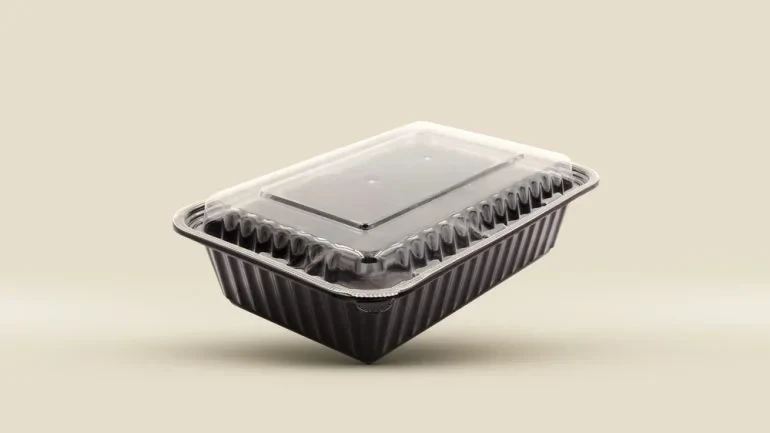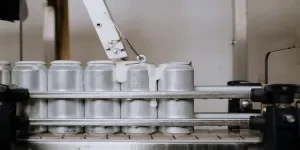A shift towards bio-based materials offers a promising path to sustainable packaging solutions in the food and drink industry.

In the realm of food and drink, the primary function of packaging is to act as a barrier, shielding contents from pathogens and contaminants while maintaining a stable internal environment to curb microbial growth and product deterioration.
This not only extends the shelf life of products such as out-of-season fruits and vegetables that travel long distances but also reduces food waste. Despite the numerous benefits, the predominance of plastics in packaging is problematic.
Plastics are favoured for their versatility—offering key properties such as gas and water vapour permeability, durability, and transparency. Yet, they pose significant environmental challenges.
Derived largely from fossil fuels, the production of plastics contributes to greenhouse gas emissions, and with only a fraction being recycled in the UK, the majority ends up in landfills, incinerated, or as persistent litter in natural habitats.
Initiatives to reduce plastic use in packaging
Recognising the environmental toll of conventional plastics, which constitute 40% of all plastic usage, several initiatives have been launched to reduce their presence in packaging.
The UK Government’s 2018 announcement of a new tax on plastic packaging with less than 30% recycled content is a bold step towards encouraging the use of recycled materials.
Further initiatives like the 25 Year Environment Plan aim for zero avoidable plastic waste by 2042, and the UK Plastics Pact hopes to make all plastic packaging reusable, recyclable, or compostable by 2025.
These measures are complemented by strategies to increase recycling rates and improve waste management infrastructures, crucial steps towards reducing the environmental footprint of packaging.
The rise of bio-based materials for packaging
Amidst the push away from fossil-based plastics, bio-based materials have gained attention. These materials, derived from natural sources like plants, animals, or fungi, present a more sustainable alternative.
They tend to produce fewer greenhouse gases during production and are often biodegradable or compostable. However, the terms “biodegradable” and “compostable” come with their nuances.
While biodegradable materials break down naturally over time, they may not disintegrate swiftly or completely, potentially forming microplastics. On the other hand, compostable materials are designed to decompose within specific conditions and timeframes, particularly in industrial composting facilities.
Such attributes align with environmental goals but also highlight the complexity of fully transitioning away from conventional plastics.
Bio-based food contact materials: opportunities and challenges
The shift towards bio-based food contact materials (BBFCMs) like paper, bamboo, chitin from shellfish, and seaweed-based products offers exciting possibilities.
These materials not only reduce reliance on non-renewable resources but also mitigate some of the environmental impacts associated with traditional plastic production.
However, BBFCMs come with their own set of challenges.
They must meet stringent safety standards to prevent chemicals from migrating into food, a concern particularly acute when these materials come into contact with food and beverages.
Furthermore, while BBFCMs like bioplastics—derived from natural polymers or synthesised through microbial processes—offer comparable functionalities to conventional fossil-based plastics, not all are biodegradable, and their environmental benefits can vary widely.
A crucial step towards sustainability in the food and drink industry
The transition from fossil-based to bio-based packaging materials represents a crucial step towards sustainability in the food and drink industry. However, this shift requires careful consideration of material properties, environmental impacts, and potential health risks.
Continued innovation, coupled with robust regulatory frameworks and consumer education, will be essential to fully realise the benefits of alternative packaging solutions.
These efforts are not just about replacing one material with another but about rethinking our approach to packaging to ensure a sustainable future.
Source from Packaging Gateway
Disclaimer: The information set forth above is provided by packaging-gateway.com independently of Alibaba.com. Alibaba.com makes no representation and warranties as to the quality and reliability of the seller and products.



